Tolls Show a Road to Seamless Services—Without Federal Gridlock
E-ZPass works across 20 states without federal control. What else could work this way?
Seamless public services across state lines don’t need to depend on the federal government. “Bottom-up” approaches led by state and local governments are practical—and can be more resilient.
A great example comes from E-ZPass (pronounced “Easy Pass”), a system that lets drivers use a single device and account to pay tolls across 20 U.S. states. Other public services could follow the same road.
How it works
To start, you open an E-ZPass account and place a small device on your windshield:

Then, anywhere you see their purple logo, you can use your E-ZPass to pay tolls and your account will be charged:
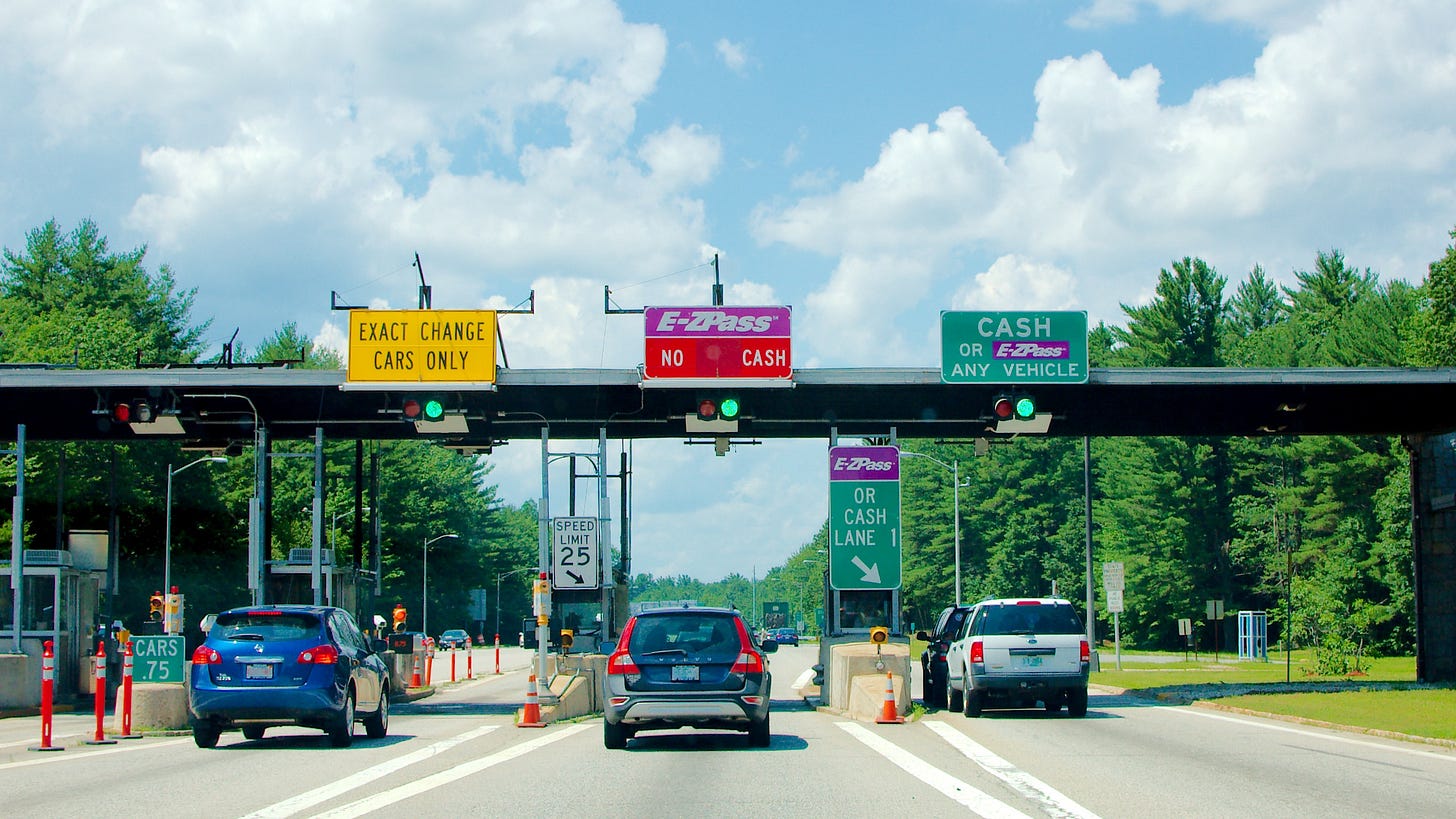
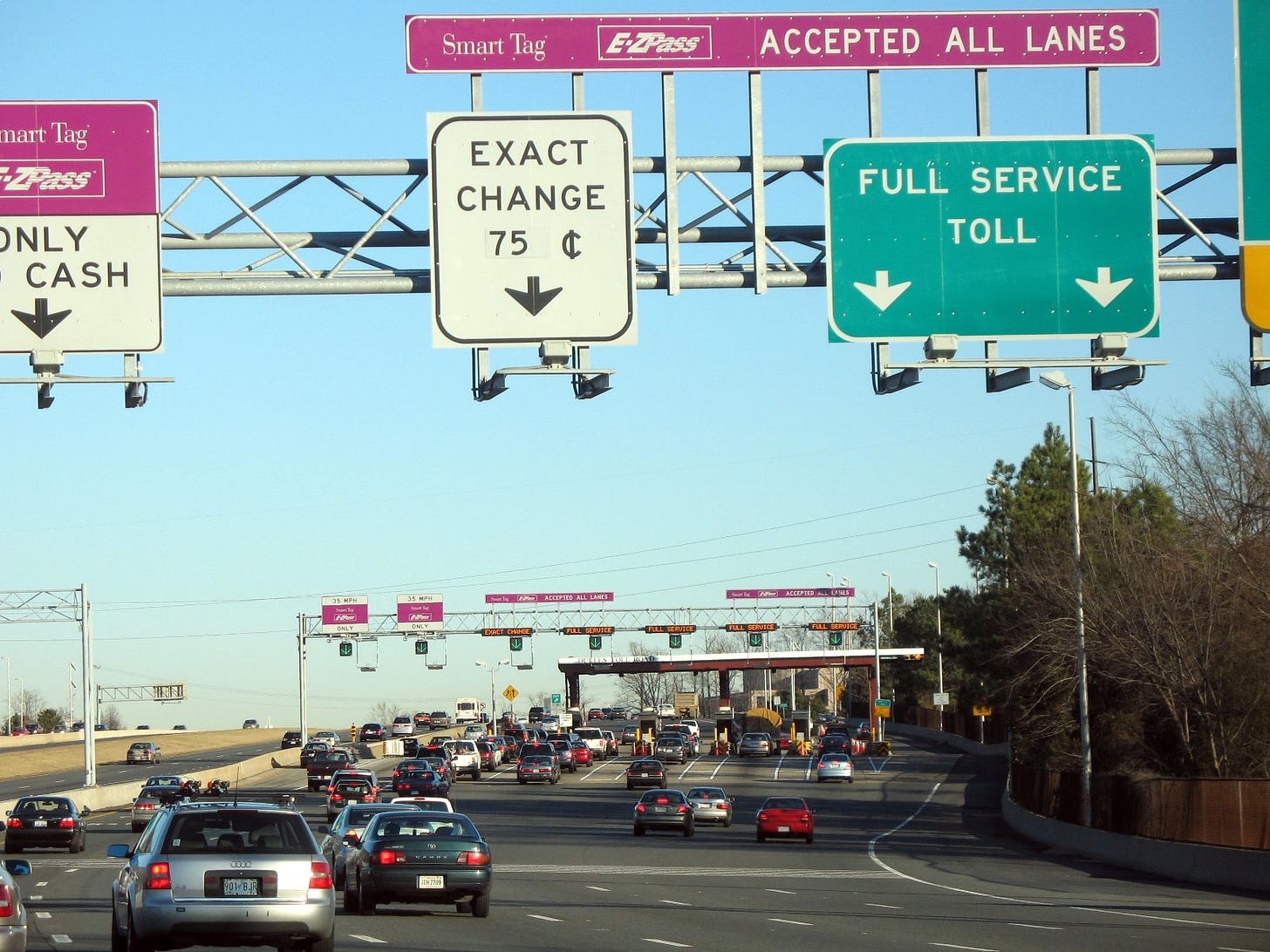
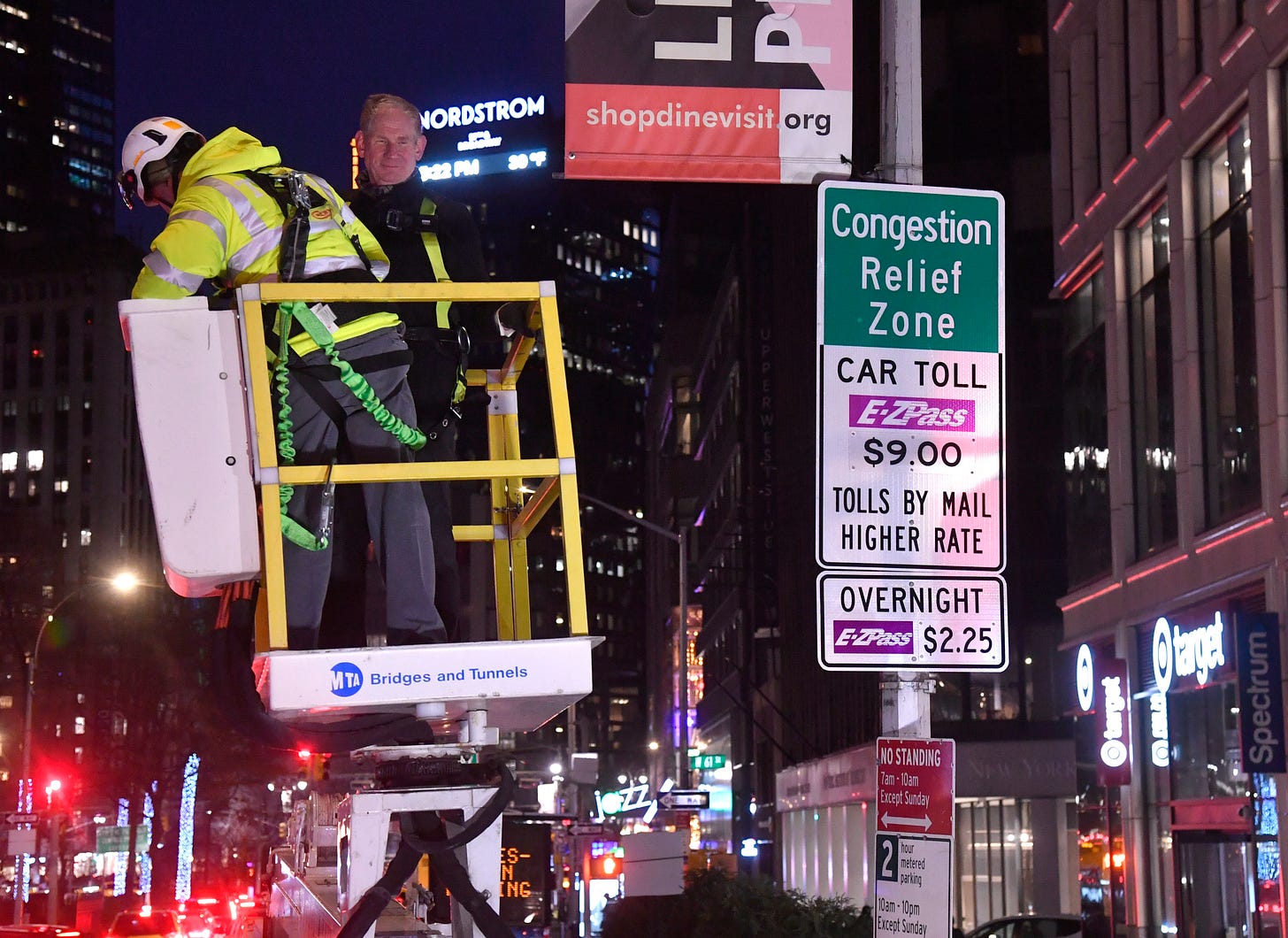
E-ZPass lets people pay tolls in 20 states, all with one account and device:
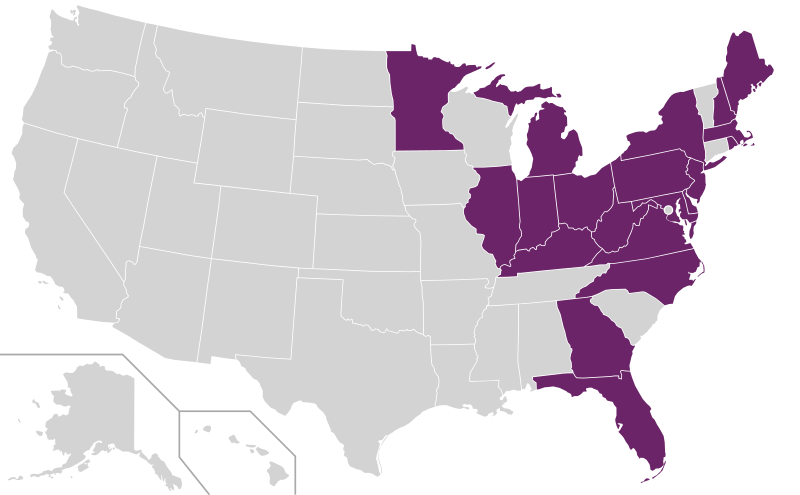
Despite crossing many state lines, it’s not a program of the U.S. Department of Transportation. It’s barely centralized at all; the coordinating organization listed only 5 staff as of November!
Instead, the program works on a distributed model: individual tolling agencies provide the devices and accounts and handle customer service. So you’re using the services of many government agencies but primarily just interacting with one. You don’t have to worry about the governance details.
Building from the bottom up
Here’s a quick history:
In 1987, several toll agencies in the Northeast Corridor spanning New York, New Jersey and Pennsylvania began to explore the potential regional application of an emerging technology … that allows a motorist traveling on a participating toll facility to pay his/her toll automatically from a prepaid account without having to fumble for cash or retrieve and present a toll ticket. …
In 1990, seven toll facilities from the states of New York, New Jersey and Pennsylvania joined to form an alliance known as the E-ZPass Interagency Group (IAG). These seven agencies represented almost 40% of all U.S. toll transactions and nearly 70% of all U.S. toll revenue. …
Today the E-ZPass Program is the largest, most successful interoperable toll collection program anywhere in the world consisting of toll agencies/companies in 20 states, servicing more than 35 million accounts, 59 million tags and the collection of over $13.8 billion dollars in electronic toll revenues.
If you ask me, it’s an extraordinary feat of intergovernmental cooperation and dedication to user experience.
Its 4 core strengths
E-ZPass’s key strengths are:
Common branding, making it easy for drivers to see when they can use E-ZPass and ignore the governance details
Decentralized administration, leveraging existing institutions and reducing reliance on a single actor
Single-issue focus, providing a laser focus on solving one problem + politically making it much harder to attack compared to seemingly vague and distant entities like the U.S. Department of Transportation (elected officials would be crazy to suggest pulling out of E-ZPass!)
Voluntary participation by agencies, meaning its use only expands if it successfully delivers value—as opposed to a mandatory-participation federal system that proceeds regardless of how well it works
The many-legged table
One way to visualize the resilience of E-ZPass is as a table with many legs. If one leg is removed, the table remains standing.

If a state withdraws from E-ZPass, the rest of the network continues to function.
In contrast, if electronic toll collection were a federally-run program, a single election could disrupt or even dismantle it. Imagine if it were hit with the kinds of across-the-board federal layoffs happening right now.
I discussed this issue in depth in my last post:
Avoiding the political fray
Being a single-issue, decentralized system helps avoid the chaos of federal politics.
For example, the Trump administration is seeking to use federal transportation spending to further its social agenda. The Secretary of Transportation ordered that when giving out grants, loans, and contracts, the U.S. Department of Transportation should, among other things:
give preference to communities with marriage and birth rates higher than the national average… ;
prohibit recipients of DOT support or assistance from imposing vaccine and mask mandates; and
require local compliance or cooperation with Federal immigration enforcement and with other goals and objectives specified by the President of the United States or the Secretary.
If E-ZPass were run by the U.S. Department of Transportation, it would be dragged into culture-war fights like this.
The road ahead
E-ZPass isn’t perfect. For example, some member agencies give discounts on their own tolls to people who got that agency’s specific E-ZPass; I think this hurts the effort to build a common brand.
E-ZPass also isn’t the solution every problem. But it’s an inspiring tool in the toolbox! States and localities can provide seamless experiences across governments without waiting for or depending on a federal system.
Could this model be applied to other public-facing services? Some possibilities:
Public benefits and the social safety net
Consumer financial protection
Library cards
Multi-state parks passes
Business registration
College financial aid
Healthcare
Let me know in the comments: What state and local public services do you think might offer an opportunity to create more seamless citizen experiences through the E-ZPass model? Have you seen examples in action?


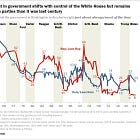
Love this! Public transit fare cards immediately come to mind, although it may be moot with tap credit cards.
Great post! Decentralization of this kind has tons of upside, political and operational among others. The voluntary participation aspect I think is particularly beneficial, ensuring solutions meet the needs on the ground and can be more easily adapted for various local contexts (while filtering out the ideas that end up not working well in practice). Seems to be better than the current top-down approach from the federal level for certain types of benefits, though not all.
The biggest and most obvious challenges that come to mind are related to financing, particularly when it comes to developing the initial infrastructure (who foots the bill for something early/experimental?). I'm sure there are models out there currently in use that could be adapted for this type of development, I'm just not familiar with them & applicability to public-benefit projects.